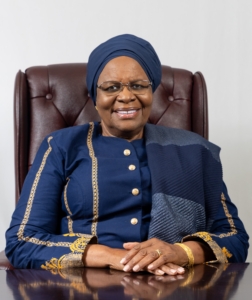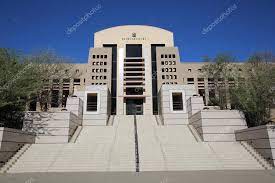About Namibia
Total area: 318,694 sq mi (825,418 sq km)
Population: 2.55 million
Capital City: Windhoek
Monetary unit: Namibian dollar
Official Langauge: English
Literacy rate: 88.8%
Recognised national languages: Afrikaans, German, Otjiherero, Khoekhoegowab, Oshiwambo, Rukwangali, Setswana, siLozi.
Climate: 300 days of sunshine. Summer runs from October to April and temperatures can reach 40 degrees Celsius (104º Fahrenheit) which fall at night to cool levels. Average minimum winter temperatures range between 6°C and 10°C (43-50 ° F) and and winter day temperatures between 18°C and 22°C (64-72°F). The annual rainfall varies from less than 50mm (1.9 inch) along the coast to 350mm (13.8 inch) in the central interior and 700mm (27.5 inch) in the Caprivi. The rainy season is from October till April
The Government
- President: Her Excellency Netumbo Nandi-Ndaitwah
- Vice President: Her Excellency Lucia Witbooi
The Republic of Namibia attained its independence on 21 March 1990 and was established as a sovereign, secular, democratic and unitary State. In accordance with the doctrine of separation of powers, the government is divided into three organs:
-
The Executive
-
The Legislative
-
The Judiciary
Each organ is responsible for a different function of the government. The legislative branch is responsible for making laws which are implemented by the executive and interpreted by the judiciary branch.
The President is the head of State and government. He is elected in a national election every five years.
The Cabinet consists of the President, the Prime Minister, Deputy Prime Minister and Ministers appointed by the President. Together, they implement the policies guided by the constitution and acts of Parliament. The Prime Minister is the Chief Advisor to the President and the overall coordinator of the Government Offices, Ministries and Agencies. Under Prime Minister are Ministers and Deputy Ministers and their staff members who are responsible for different Ministries.
Article 102 of the Constitution provides that the Country be divided into regional and local units. In keeping with this constitutional requirements, thirteen (13) administrative regions and many other Local Authorities have been established in terms of both Regional Councils Act and Local Authorities Acts of 1992.
The Judiciary in terms of Article 78 of the Constitution, judicial powers are vested in the Courts of Namibia, which consists of:
- Supreme Court
-
High Court
-
Lower Court
The Courts are independent and subject only to the Constitution and the law.

Her Excellency Netumbo Nandi-Ndaitwah
The Legislature branch of government is responsible for making laws of the Country. The main law-making body is the Parliament, which consists of two different chambers:
Namibia is bordered on the north by Angola and Zambia, on the east by Botswana, and on the east and south by South Africa. It is for the most part a portion of the high plateau of southern Africa, with a general elevation of from 3,000 to 4,000 ft.
Namibia is a member state of the United Nations (UN), the Southern African Development Community (SADC), the African Union (AU) and the Commonwealth of Nations.



